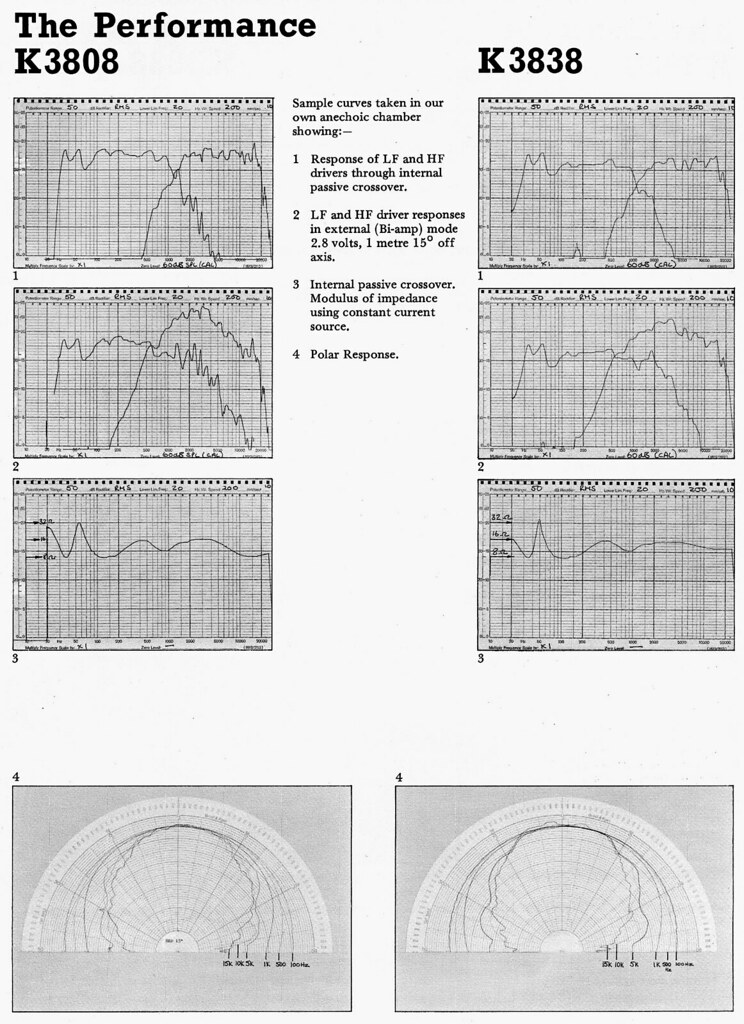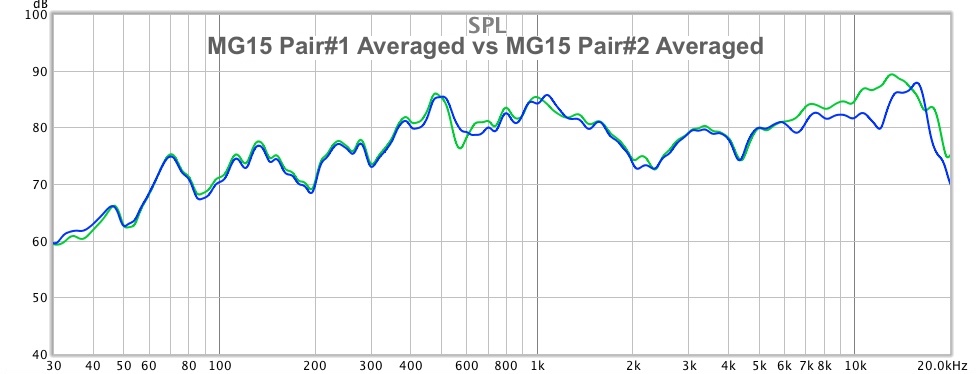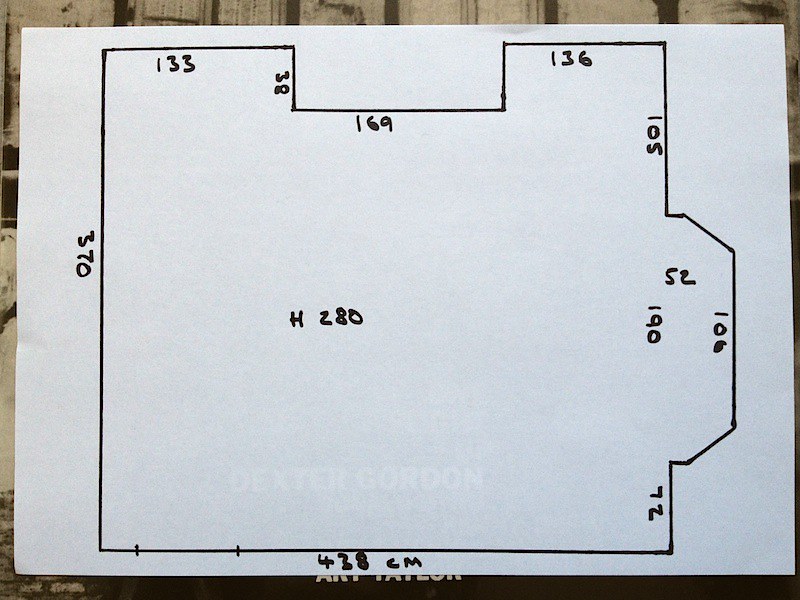Elephantears
Trunkated Aesthete
I've currently got a pair of Eaton Legacy in the house, along with my 70s Eatons (with modified crossovers). It's going to be some time to digest the comparisons and differences, particularly as I've also got a pair of Harbeth C7-ES3 in the house. In the past I owned the C7s for 3 years, before moving on to ESL63s and a variety of other speakers, including Harbeth M30.1 and SHL5Plus. All of them with their own unique qualities and flaws. I originally got the 70s Eatons as a stop-gap, but once I'd got the crossovers sorted by RFC I found them an excellent compromise, and used them as my main speakers for 3 years. They were in a tie with the C7s for longest stay in my room, so I thought I'd stage a kind of personal speaker World Cup. But now the Legacy Eatons have entered the competition to complicate matters.
I'll say two things as a starter about the Eaton Legacy. One is that I think 50 litres is a good choice of cabinet size for a 10" DC. The original Eatons are 45 litres, and I can hear the compromises on an upright bass, at least in comparison to a 60L cabinet like the Harbeth SHL5Plus. They do, however, have considerably more lower bass than the equivalent sized Harbeth C7-ES3.
My second point is that the Legacy model absolutely needs to be bi-wired. If anyone has heard them, used them, or reviewed them, in single wiring configuration, I suggest they reject all their impressions and start again. It should be mandatory, and I'm annoyed with Tannoy that they don't explain in the manual how crucial it is to get a balanced sound.
I'll say two things as a starter about the Eaton Legacy. One is that I think 50 litres is a good choice of cabinet size for a 10" DC. The original Eatons are 45 litres, and I can hear the compromises on an upright bass, at least in comparison to a 60L cabinet like the Harbeth SHL5Plus. They do, however, have considerably more lower bass than the equivalent sized Harbeth C7-ES3.
My second point is that the Legacy model absolutely needs to be bi-wired. If anyone has heard them, used them, or reviewed them, in single wiring configuration, I suggest they reject all their impressions and start again. It should be mandatory, and I'm annoyed with Tannoy that they don't explain in the manual how crucial it is to get a balanced sound.





